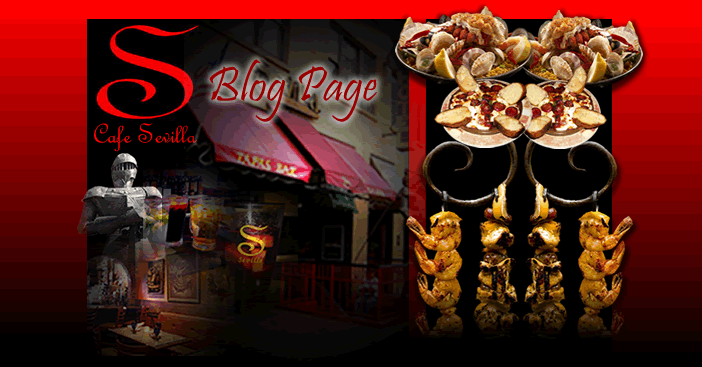Many of Spain’s myths and legends are interwoven with its history. The ancient kingdom of Castilla (or Castile) was first united with the neighboring kingdom of Léon in the early 11th century. Its name comes from the many castles built by the Christians as a defense against Moorish invaders in the 8th and 9th centuries.

Together with the other Christian-ruled Iberian monarchies, the kingdoms of Castile and León participated in the Reconquista, the re-conquest of Spain from the Moors, its medieval Muslim rulers. The most famous champion of the Reconquista was El Cid el Campeador, born in Bivar near the city of Burgos, whose coffin lies in the city’s 13th-century cathedral.
More medieval castles can be found in Castile y Léon than anywhere else in Europe, including the Moorish fortress in Segovia that inspired Walt Disney’s design of Disneyland’s famous Sleeping Beauty castle. The legendary cities of Segovia, Salamanca, and Avila have been granted World Heritage Status, as has the Santiago Way, the famous pilgrim trail that crosses Castile y Léon on the way to Santiago de Compostela.
 Visitors to Castile y Léon can find a wealth of historic sites to visit, from medieval villages to Gothic cathedrals and historic cities. Running through Segovia is one of the best-preserved aqueducts in the world, constructed by the Romans from 20,400 stones that have stood for more than 2,000 without a speck of mortar. Segovia’s Moorish Alcazar palace, built in the 12th and 13th centuries, has been replicated in 20th-century Disney cartoons and theme parks.
Visitors to Castile y Léon can find a wealth of historic sites to visit, from medieval villages to Gothic cathedrals and historic cities. Running through Segovia is one of the best-preserved aqueducts in the world, constructed by the Romans from 20,400 stones that have stood for more than 2,000 without a speck of mortar. Segovia’s Moorish Alcazar palace, built in the 12th and 13th centuries, has been replicated in 20th-century Disney cartoons and theme parks.As for Salamanca, known as the “golden city” because of the sandstone used in the construction of many of its buildings both old and new, is home to Spain's oldest university, founded in 1218 by King Alfonso IX. Encircled by 11th-century walls punctuated with nine gates and more than 80 lookout towers, the fortified medieval town of Avila, the birthplace of Saint Teresa, is one of the biggest tourist attractions in the region.
Going even further back in history, the archaeological site at Atapuerta, near Burgos, is where the 800,000-year-old remains of some of Europe’s earliest inhabitants were discovered. Castile y Léon also boasts some of Spain's loveliest scenery, including dramatic mountain landscapes and protected nature reserves inhabited by the rare Iberian Lynx and brown bears.
The culinary tradition of Castilla y León includes hearty stews and soups, especially Sopa Castellana, a savory soup made with bread, ham, poached egg, and garlic. Another local specialty is Cecina de León, a centuries-old recipe for cured, dried, and smoked beef. Segovia is known for its wood-burning roasting ovens and the high quality and perfect preparation of its Lechazo (baby lamb) and Cochinillo (suckling pig), traditionally roasted until it can be cut with the edge of a plate.
Popular wines from Castile y Léon include Cigales, Bierzo and Ribera del Duero, Rueda, and Toro. As for desserts, there are many traditional recipes, originating in old monasteries and convents, like lazos de San Guillermo (bow-shaped pastries), yemas de Santa Teresa (a sweet made with egg yolk), toscas de la Virgen, bizcochos de San Lorenzo (sponge cakes), and virutas de San José (fritters).




No comments:
Post a Comment